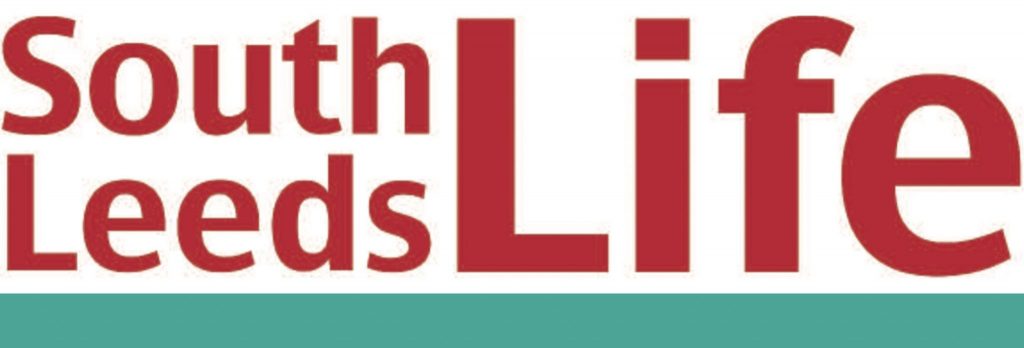
Museum experts in Leeds are bristling with excitement after their resident hippo’s fabulous facial hair was studied during new research into the inner workings of whiskers.
Analysis recently carried out at the Leeds Discovery Centre, located near Leeds Dock, saw curators comb through their vast collection of historic taxidermy, including century old stuffed hippo Billie, to explore exactly how the number and placement of their whiskers help animals sense the world around them.
The study is believed to be the very first time hippopotamus whiskers have ever been examined in such detail, and could lead to better knowledge about the aquatic giants and the way they utilise their hundreds of tiny tactile hairs.
The project saw the Discovery Centre, which is home to more than 6,000 taxidermy mammals, host sensory biologist Dr Robyn A Grant. During the visit, Dr Grant got an up-close look at Billie, a former resident at London Zoo, who was once among the attraction’s biggest stars in the late 1920s.
Acquired by Leeds Museums in 1938, Billie has recently undergone an extensive refurbishment to restore him to his original condition, making him an ideal subject for an in-person study.
Dr Grant said:
“Whiskers are present on most mammals, and act as amazingly sensitive touch sensors. In my research, I try to understand the diversity of whisker numbers and arrangements across mammals.
“We can see that some large aquatic species, like hippos, walruses and manatees have hundreds of very small whiskers. While walruses and manatees have been studied a little, hippo whiskers have never been looked at.
“So, we are looking at hippo whiskers for the very first time. Working with zoos and museums such as Leeds Discovery Centre, we are trying to understand how the whiskers are arranged, and what the animals use them for.”
Found on most mammals, whiskers, also known by their scientific name vibrissae, are extremely sensitive, coarse hairs usually located on the face, which are used to sense the surrounding environment.
Many older taxidermy specimens are missing their whiskers due to age or bad craftsmanship, but examples in the Leeds collection still sporting impressive facial hair include chinchilla, harp seals and coypu, a large South American rodent.
Many of the taxidermy mounts in Leeds were collected in the early 20th century, when deceased animals were often purchased by taxidermists before being stuffed and mounted.
Sarah Burhouse, Leeds Museums and Galleries curator of natural sciences, said: “We’re delighted that Billie and our collection have been able to support such a fascinating research project, which could help our understanding of how hippos and other animals use whiskers to interact with their environment.
“It also demonstrates how important taxidermy collections like ours can be, enabling researchers to study creatures and aspects of their anatomy up close in ways which could be impossible, or even dangerous, with a live animal.
“It’s amazing that these specimens, some collected more than a century ago, can still tell us so much about the natural world and help inform our understanding of how we can protect vulnerable species today and in the future.”
Leeds Discovery Centre is home to more than a million objects which span tens of millions of years of world history.
Councillor Salma Arif, Leeds City Council’s executive member for adult social care, active lifestyles and culture, said:
“Leeds has a truly impressive museums collection and it speaks volumes that it can still be used to support and inform modern-day research projects like this.
“We’re also extremely fortunate that so much of this remarkable collection can be seen by the public, and that it can inspire visitors and capture the imaginations of the next generation of young scientists too.”
Leeds Discovery Centre is available to visit by appointment. For more details on how to book, visit: museumsandgalleries.leeds.gov.uk/leeds-discovery-centre
This post is based on a press release issued by Leeds City Council
While you’re here, can we ask a favour?
South Leeds Life is published by a not-for-profit social enterprise. We keep our costs as low as possible but we’ve been hit by increases in the print costs for our monthly newspaper which have doubled in the last two years.
Could you help support local community news by making a one off donation, or even better taking out a supporters subscription?
Donate here, or sign up for a subscription at bit.ly/SLLsubscribe


